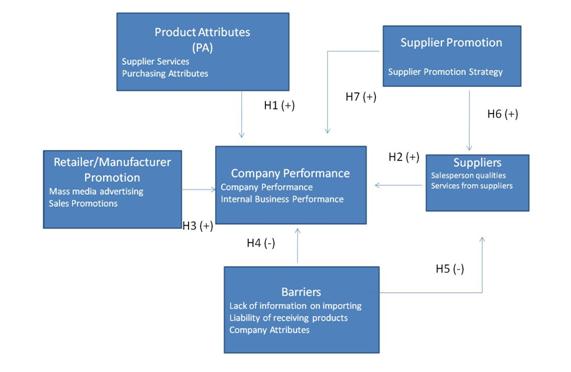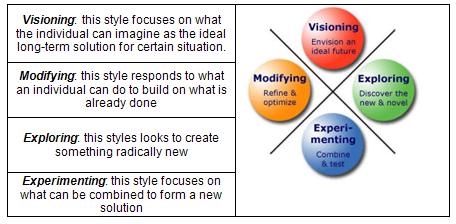By Scott Lyon, swlyon@vt.edu
A conceptual model was developed based on preliminary studies and applied to the survey of perceptions of wood products retailers and manufacturers from Central America regarding supplier attributes, product attributes, retailer/manufacturer promotion strategy, supplier promotion strategy, potential importing barriers, and company performance. Cronbach’s alpha and factor analysis were used to check the reliability and validity of the data. The results of factor analysis suggested meaningful groupings within many of the constructs, including factors such as product attributes, purchasing attributes, and supplier services. Two hypothetical models were developed and the relationships were tested for significance using ANOVA and multiple regression analyses. Barriers were found to positively affect company performance and supplier attributes. These constructs may be important to consider when Appalachian wood products companies are interested in exporting to Central American countries. Appalachian wood products companies need to invest resources and work to overcome barriers in order to be successful exporters to Central America.

Other international marketing studies were consulted to determine what attributes to consider in the survey and the conceptual model (Cossio 2007; Parhizkar 2008). The survey focused on supplier attributes, product attributes, retailer/manufacturer promotion strategy, supplier promotion strategy, potential importing barriers, and company performance.
The first hypothesized model suggested that supplier attributes would be predicted by supplier promotion and barriers (Figure 1). Although supplier promotion did not appear to be driving supplier attributes (Hypothesis 6), barriers (i.e., language barrier, quality of Appalachian wood products, transportation and logistics) was found to be a significant predictor (Hypothesis 5).
These findings of supplier promotions contradict other studies that find promotion such as personal selling to be an important supplier’s attributes (Szymanski 1988). Barriers were found to be a significant predictor of supplier attributes (Hypothesis 5). While literature suggests a negative relationship of barriers to supplier attributes, this model suggests that the relationship with barriers is positive. It is possible that suppliers may have to work harder to overcome the barriers, which, in turn, provides a positive impact on the supplier attributes. Some studies have found that companies entering a new export market need to overcome barriers (i.e. specific product design and promotion strategy). These companies have an advantage over their competition and their company performance improves by the increase of sales (Douglas and Wind 1987; Jain 1989; Cavusgil et al.1993; Cavusgil and Zhou 1994). For instance, if Appalachian wood products companies produce lumber in the dimensions required by Central American customers, then they may have competitive advantage over companies that do not produce to the desired product attributes.


